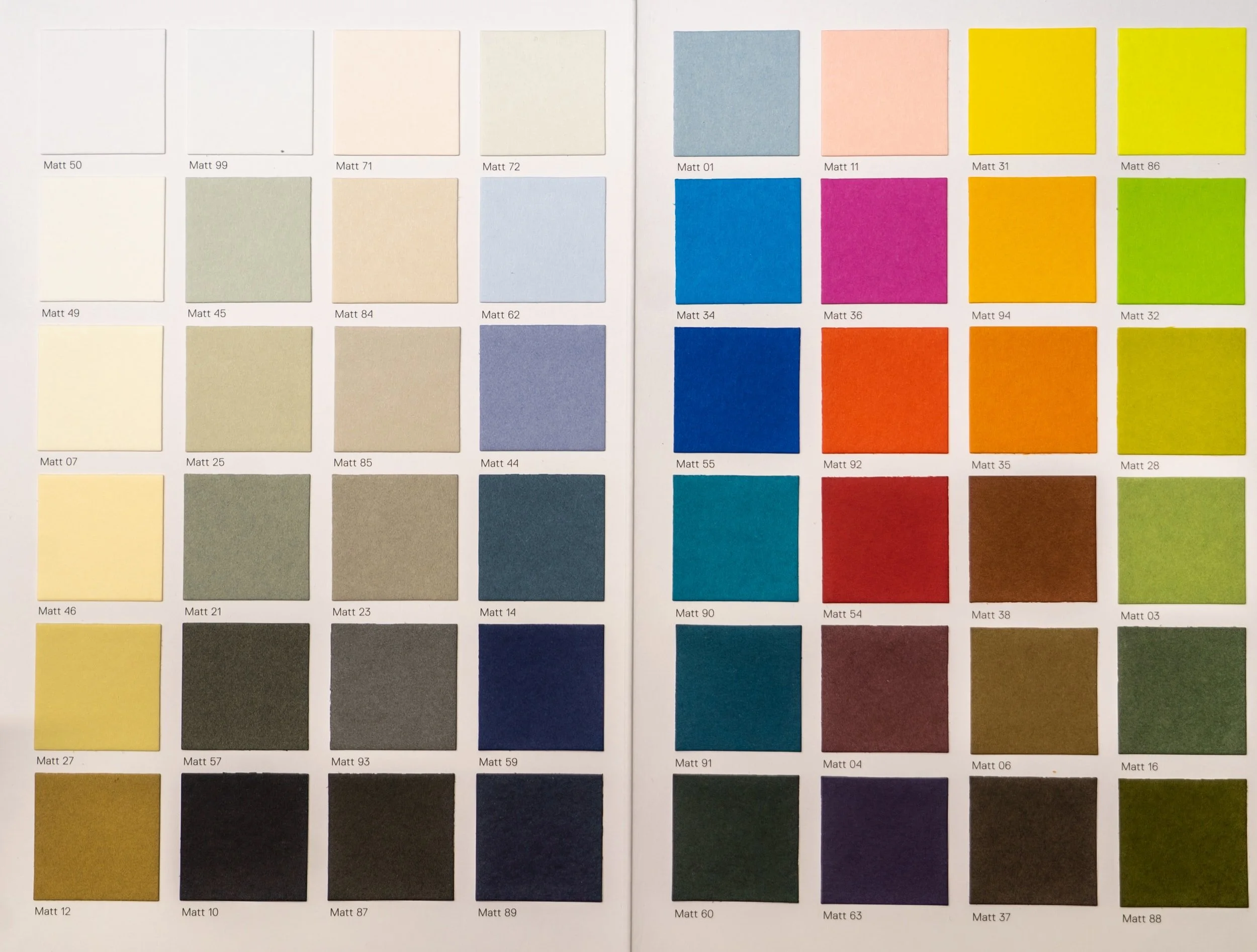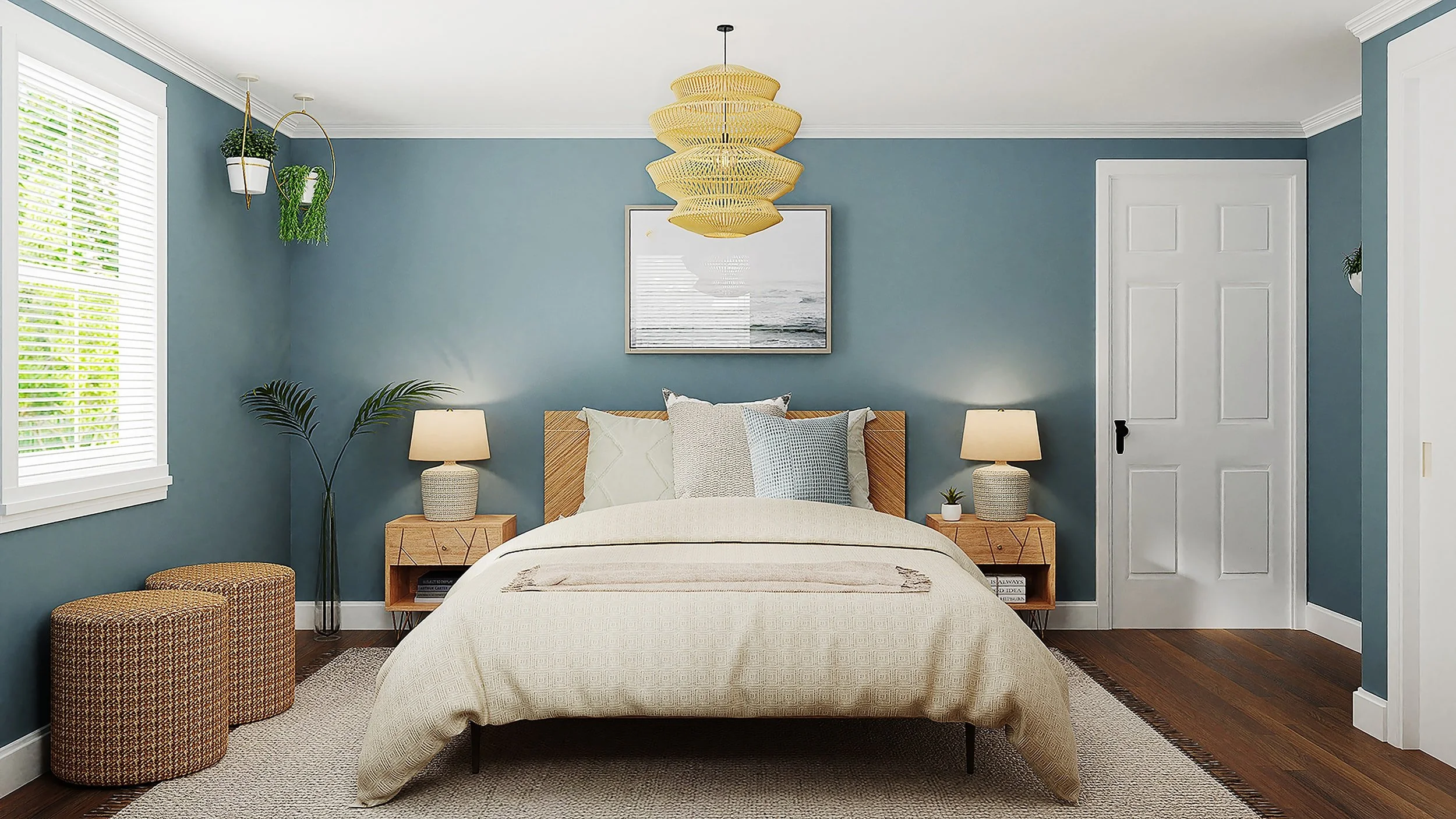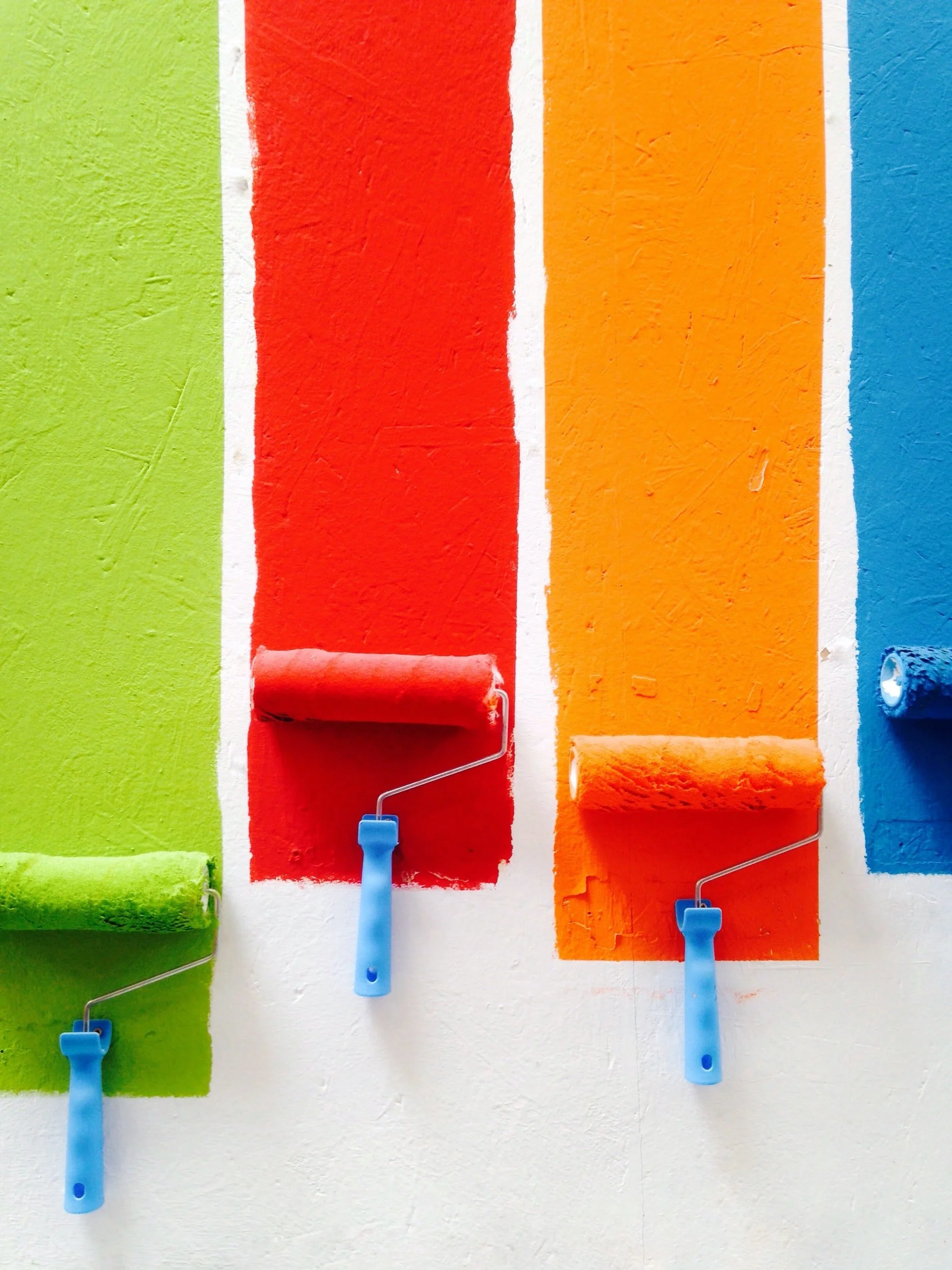Best Bedroom Colours for Better Sleep
Your bedroom should be a sleep sanctuary. When it comes to our bedrooms, our likes and preferred colours can determine how we decorate. But the colour you choose can actually have an impact on how you sleep.
Colours and Emotion: A Few Studies
Believe it or not, but colour actually has an impact on our brains, moods and emotions. And there are a lot of really interesting studies done around colour and the impact they have on us — and on groups of people.
In fact, one study found that exposure to the colour red caused an increase in heart rate while blue increased relaxation.
In another form of colour research, prisons actually tested out painting their walls pink and then blue to see how it impacted inmates. The results were mixed, with one warden reported that pink walls “tamed” his more aggressive prisoners. another study found zero connection between colour and prison inmate behaviour. But then, in 2011, Swiss psychologist Daniela Spath used a shade she called “Cool Down Pink” in 10 prisons. Guards in these prisons reported that inmates were less aggressive and calmed down quicker in stressful moments.
Energizing and Relaxing Colours
Warm and cool colours are a basic part of our standard colour wheel. And colour psychology goes hand in hand with this. Even in marketing, colours are known to represent certain emotions (reds, oranges and purples are bright, fun and fast while light greens and blues are more calm and collected). It’s all very repetitive with warm colours being energetic and cool colours being calmer. But these consistencies exist for a reason: favourite colours are subjective but the impact of colour is not. We as a society connect colours to emotion. That’s just how it is.
The most basic way to think of warm and cool colours is to think of the ocean and the sun. Purples, reds, oranges and yellows are warm. Green, blues, and indigos are cooler.
Blues, greens, and “cooler” tones are very much associated with relaxation and calmness. It could be because of the connection with nature.
The #1 Best Colour for Your Bedroom
The absolute best colour for your bedroom is blue. Blue has been proven through studies to be the most calming colour for your brain and mind. While any shade of blue is good, navy blue is apparently the best.
Our 5 Favourite Colours for Sleepy Bedrooms
#1 - Blue
As we said before, nothing beats blue for a bedroom colour. Stick with either deep navy or cool blues. Bright neon blues wont do as great of a job at soothing you.
#2 - Soft Yellow
While bright yellow can be stimulating for sleep, a soft pastel or buttermilk yellow can make your room feel cool and relaxing; almost like a hug. If you’re partial to red and orange as your favourite colour and aren’t a fan of greens or blues, yellow is a great option.
#3 - Light Green
Greens are just like blues and can be relaxing, too. Of course, just like blues, bright greens and neons are not the best for calming environments. Greens that can be found in nature are best for bedrooms.
#4 - Grey or Silver (With Blue Undertones)
The key with greys and silvers for your bedroom is to pick bright paints. Dark greys (as talked about below) can feel like a cave: cold, damp, rainy. That is not the environment you want for your room.
#5 - Light Pink
Same rule applies to pink. Stick with light and soft tones, not bright tones or pinks that look reddy.
The Worst Colours for a Bedroom
#1 - Bright Red
Red - especially a bright red - is one of the worst colours you could paint your room. Even if it’s your favourite colour, don’t paint your bedroom red. If you really want to paint a room in your house red, choose a living space like your family room, gym, dining room or library.
#2 - Bright Purple
Much like greens, you can choose a lighter, subdued purple for your room but don’t choose a bright shade. Sure, it can make you feel awake and cheerful in the mornings, but at night time, purples can be too bright and feel too dark to relax in for bed. In fact, a Travelodge study from 2013 found that people who slept in bright purple bedrooms got less than 6 hours of sleep a night and had more nightmares.
#3 - Dark Grey
As mentioned above, dark greys can mimmic caves and rainy days. Sure, rainy days are great for feeling cozy at home but they aren’t the most relaxing. Your room should feel cozy but also relaxing and happy. Dark greys are somber.
#4 - Orange
We’ve said it twice and we’ll say it again. Oranges can be a good bedroom colour if you go with a lighter peach or cream colour. Bright oranges are bright and energizing and should be thought of much like red. Use orange in your gym, children’s playroom, basement or living space and not in your bedroom.
#5 - Neon Anything
Neon colours aren’t found in nature and are created to be bright and loud. This is the exact opposite of what you want for your bedroom.
Paining Your Room With Sleep In Mind
Believe it or not, but the colour of your room will impact how you sleep. Colours make us feel anxious, can relax us, and set the literal tone for the space we’re in. When you’re selecting the best colour to paint your bedroom, it’s best to choose colours that are relaxing, soothing and more toned down. Bright and energetic colours will stimulate your brain and make you feel more awake.




